Conrad Jon Godly
Ursprung
28.1. —
18.3.2012
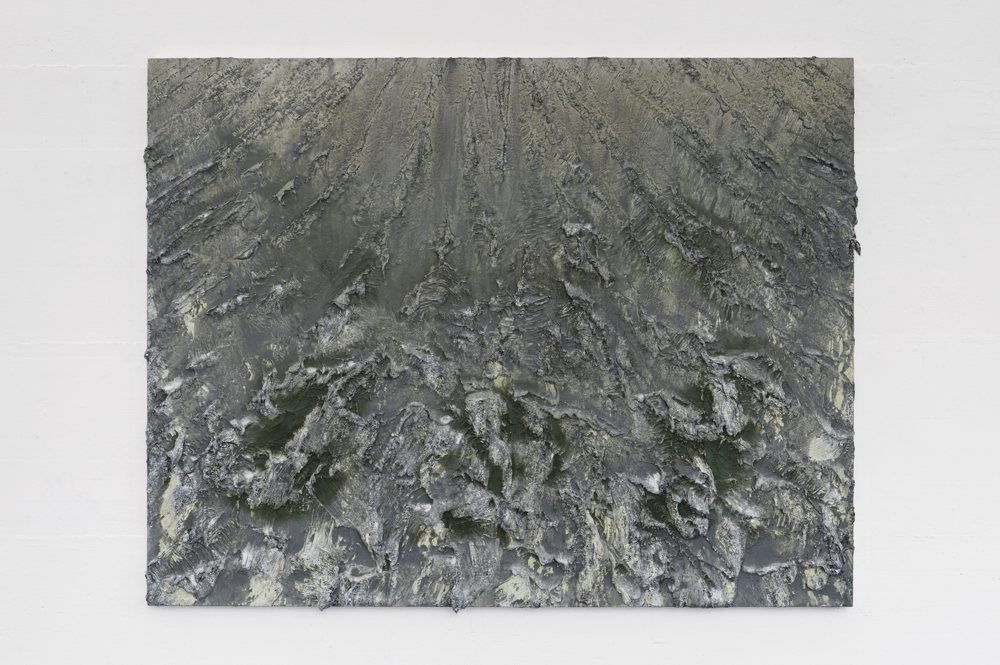
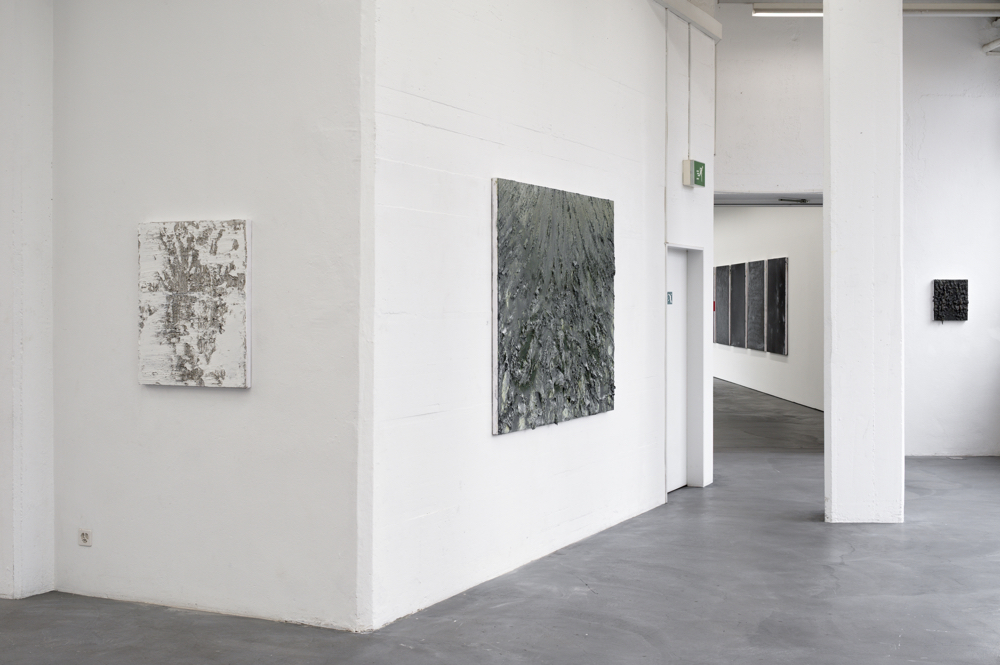
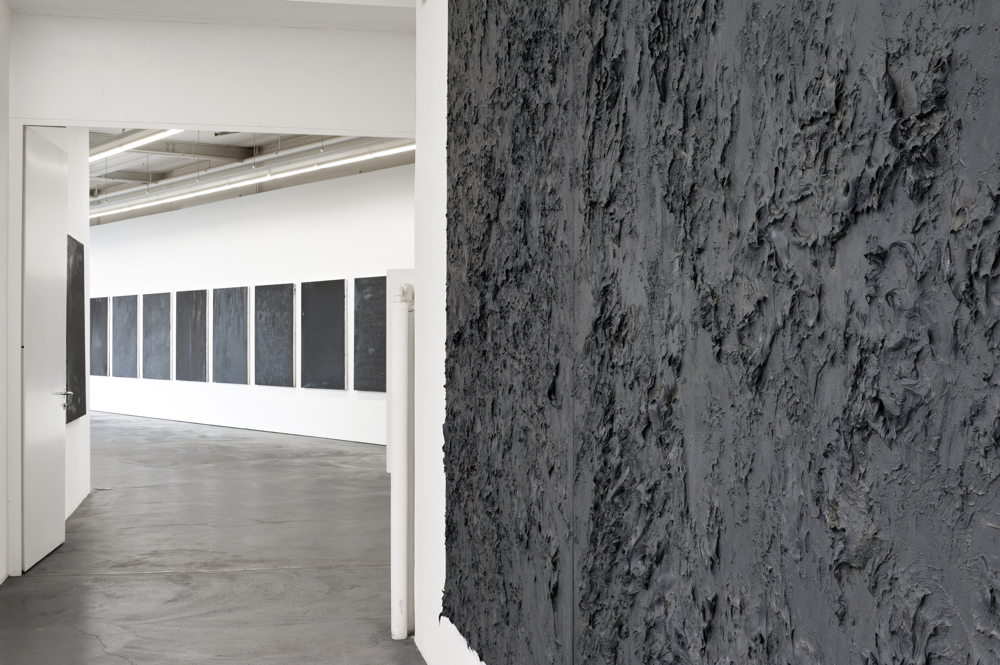
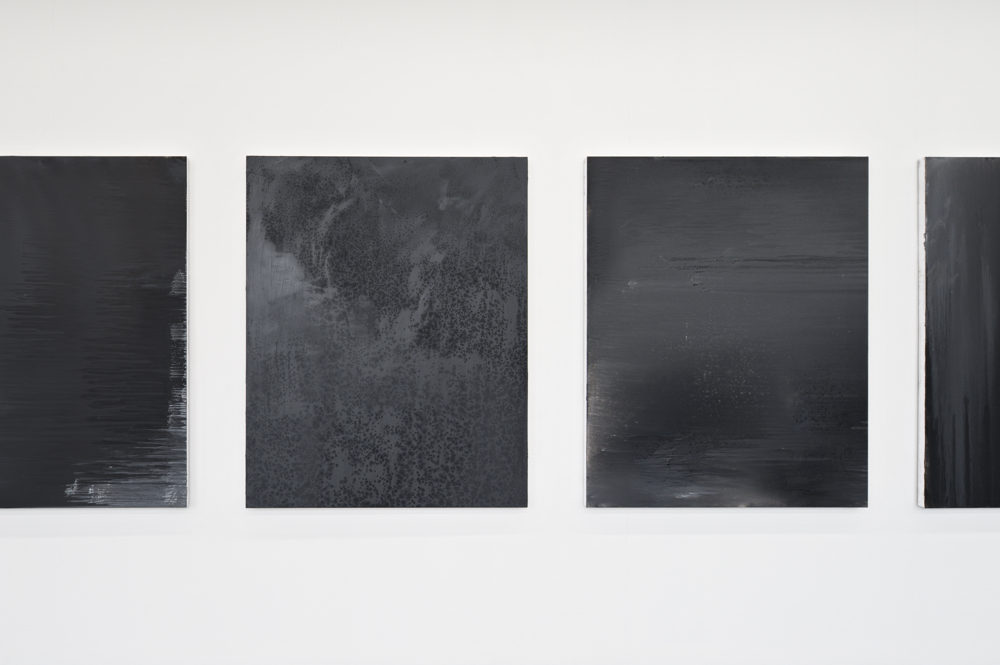
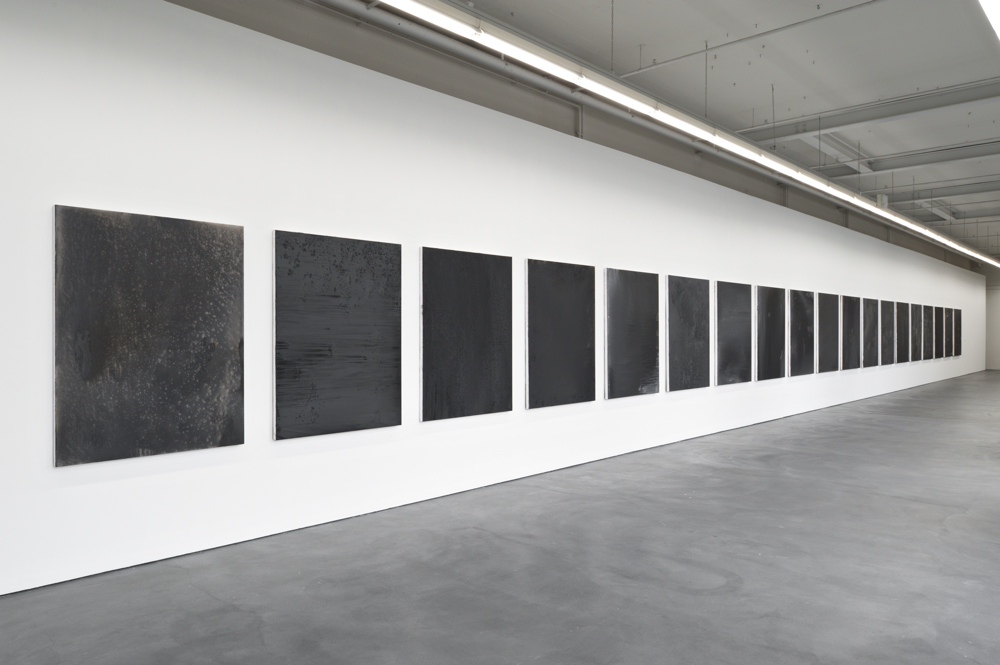
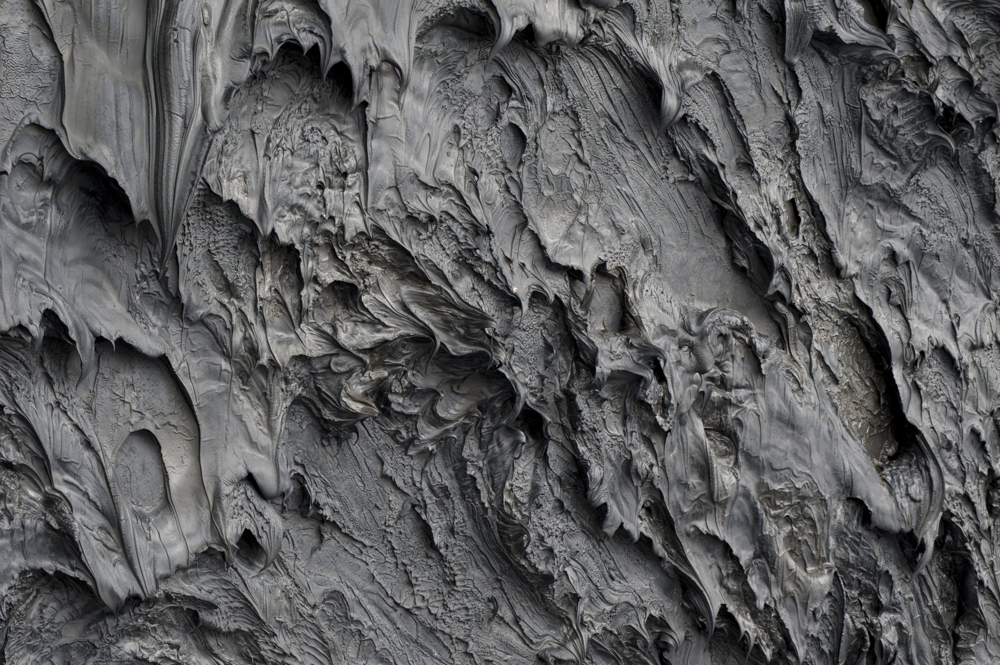
Conrad Jon Godly (born 1962 in Davos, lives in Chur) is no stranger to connoisseurs of fashion photography. From 1987 to 2005 his photographs filled the most popular international fashion magazines. Godly, who had completed his main course in painting with Franz Fedier at the Basel School of Art, put aside his photographic career in 2006 in order to fully devote to his original artistic roots, namely, to painting. Kunsthaus Baselland is pleased to dedicate the first institutional solo exhibition to the artist.
Entirely new works specially created for the exhibition URSPRUNG, which indeed take up the mountain landscapes — with which Godly became known in recent years — but at a much more subtle and conceptual level. In exhibitions such as Alpen Sehnsuchtsort & Bühne at the Museum Residenzgalerie in Salzburg (2011) or Helldunkel in the Galerie Katz Contemporary in Zurich (2011), rock formations, peaks or the most varied moments of light and weather in the mountain world were still recognisable, despite reduced use of colour, thus causing the representational to withdraw substantially in the new works.
The artist has brilliantly advanced the previous repertoire of motifs, which at first sight is composed with supposedly few impasto brush strokes, but actually comprises many layered compositions from the beginning. The new ostensibly dark images captivate by an almost extreme sculptural use of colour from both very thickly and very diaphanously applied layers. A series, consisting of nineteen images conceived for the long window room at the Kunsthaus Baselland, was composed of innumerable thinnest layers of paint. Individual spatial moments can be divined behind an almost net-like structure in an oil paint / turpentine mixture, or one seems to recognise a mountain top, without actually revealing what it is. The paintings touch upon our motific memory store which suggests to us the motif of a mountain peak. The different spatial allusions are reminiscent of the ‘Alice in Wonderland’ phenomenon, where fantasy is immersed in different worlds. A physical bond develops between the viewer and the work, which makes the immersion in spatial moments or in matter to be almost felt physically. A second series of new oil paintings develop from numerous impastoed colour coats, their spatial projection is sometimes allowed more and sometimes less. With a specially developed technique, Godly tries to cancel the brush stroke and thus to create structures in such a way that they give the impression of being created through erosions, weathering or other tectonic events. Their inherent character that echoes archetypal events in nature opens an intellectual connection with the origin of the world, which ultimately was the decisive factor for the title. The unsuspected movements of the structures come to know a powerful dynamism in their accumulation and by the large formats of the images — forces seem to act inside, which emit outwards here and there in their power. Often individual moments of the designed colour matter extend even beyond the given size of the canvas. No motif is visible, only our need to name phenomena allows us to assume comparable motifs: a water surface, a rock wall or a beach structure — we suppose we’ll find something tangible, but without being able to be really sure about it. The motifs seem to be internalised in the paintings and their traces, their moments and their memory are carried outwards. What is implied and open is precisely what that enables the recipient a personal entry into the image, with his/her very own powers of recollection. In this series too chance plays a creative role, manifesting itself in some places as a small trickle or abrasion. Although the artist can control most processes, there still remain those unpredictable ones, which ultimately make the paintings inimitable. Also shown are the sketches preceding the paintings on handmade paper, which enters into a special combination with the applied oil paint. Sometimes the colour is soaked up more, sometimes less, thus changing the paper surface accordingly. Supplemented with pigments scattered over, the surfaces become desert-like landscapes, volcanic eruptions, or simply moving structures. In the small format, they already embody the entire range of Godly’s typical, picturesque sculptural formal repertoire — they already contain, so to speak, the whole world in them on a small scale.
Text by Sabine Schaschl